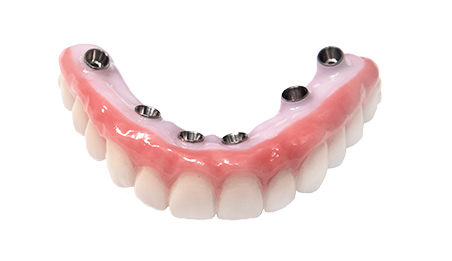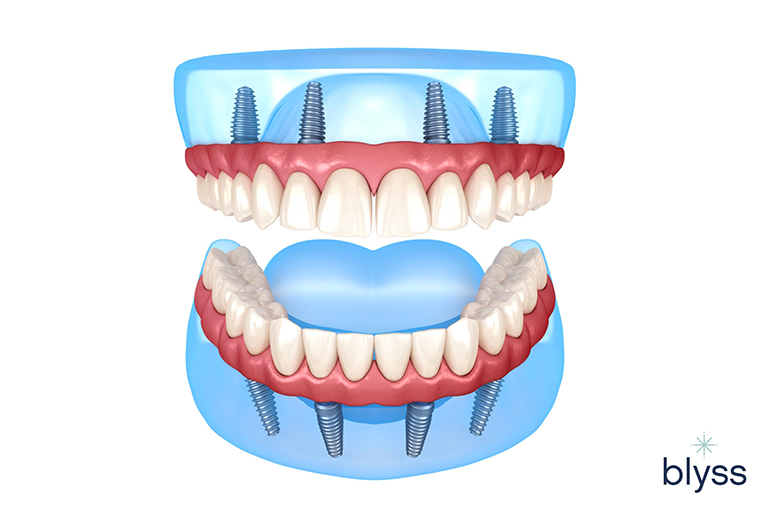Not known Incorrect Statements About Dental Sense
Table of ContentsThe Buzz on Dental SenseNot known Facts About Dental SenseDental Sense Fundamentals ExplainedThe Definitive Guide for Dental Sense
are clinical devices operatively implanted into the jaw to bring back an individual's capability to eat or their appearance. They supply assistance for synthetic (fake) teeth, such as crowns, bridges, or dentures. When a tooth is shed as a result of injury or condition, an individual can experience issues such as quick bone loss, faulty speech, or modifications to chewing patterns that result in pain.Oral dental implant systems consist of a dental implant body and oral implant abutment and might likewise consist of a joint fixation screw. Professional teeth whitening. The oral implant body is operatively inserted in the jawbone instead of the tooth's root. The oral implant abutment is normally affixed to the dental implant body by the abutment addiction screw and prolongs through periodontals into the mouth to sustain the attached synthetic teeth
(https://www.huntingnet.com/forum/members/dentalsense1.html)Framework of The Dental Implant System picking oral implants, speak with your oral copyright regarding the potential advantages and risks, and whether you are a prospect for the procedure. Things to take into consideration: Your total wellness is a vital consider establishing whether you are a good candidate for oral implants, for how long it will certainly take to heal, and how long the implant might stay in place.
Smoking cigarettes might affect the healing procedure and lower the lasting success of the dental implant. The recovery procedure for the implant body might take several months or longer, throughout which time you commonly have a short-lived joint instead of the tooth. the dental implant treatment: Thoroughly follow the oral health guidelines offered to you by your oral provider.
Excitement About Dental Sense
Implant failure can lead to the requirement for an additional operation to deal with or replace the implant system. Brings back the ability to eat Recovers cosmetic look Helps maintain the jawbone from shrinking because of bone loss Maintains the health of the bordering bone and gums Assists keep nearby (nearby) teeth steady Boosts top quality of life Damage to bordering all-natural teeth throughout dental implant positioning Injury to the surrounding cells during surgical procedure, such as sinus opening Injury during surgical treatment (for instance, fracture of surrounding jawbone) Insufficient feature, such as really feeling like the teeth do not attack together generally An experience that the tooth is loosened or twisting in place arising from a joint screw loosening up Implant body failing (looseness of the dental implant body) as a result of systemic infection, which may be most likely in people with uncontrolled diabetes as a result of local infection in bone and periodontals sustaining the dental implant body as a result of delayed recovery, which might be most likely in patients who smoke Trouble cleaning the gum tissues around the dental implant, leading to inadequate dental hygiene Untreated periodontal condition Post-surgical tingling due to nerve impingement or damage Constantly notify health and wellness care providers and imaging technicians that you have oral implants prior to any magnetic resonance imaging (MRI) or x-ray treatments.
FDA is not aware of any type of unfavorable occasions reported for MRI or x-ray procedures with oral implants. Oral implants systems are typically constructed from materials that follow global agreement requirements of the International Company for Standardization (ISO) or ASTM International. These criteria have details of what makes a risk-free product.

A dental implant is a structure that replaces a missing tooth. With screw-like gadgets, the specialist inserts an implant right into the jawbone, and it acts as a support for a fabricated tooth, called a crown.
A Biased View of Dental Sense
Some people are not eligible for dental implant surgical treatment. It is for oral cosmetic surgeons to run on individuals with: intense illnessuncontrollable metabolic diseasebone or soft tissue illness or infectionIf these concerns are fixed, a person can have the surgery. In, oral cosmetic surgeons avoid running on individuals with: If individuals with any of the above undergo oral implant surgery, there is a greater threat of the dental implant stopping working.

Dental dental implant surgical procedure is a tailored procedure. It's not the same for every person. The adhering to provides a general overview of what you can expect your dentist, dental cosmetic surgeon, periodontist or prosthodontist to do: Put the dental implant operatively. Provide you time to recover. Attach the post and final crown, bridge or denture.
Next, your surgeon will meticulously place the oral implant into your jaw. If your dental implant is near the front of your mouth, your dental professional will certainly make a short-term tooth for you to put on until you recover.
Some Known Questions About Dental Sense.
Your provider can click for more tell you what to anticipate in your situation. During the recovery phase, your jawbone needs to fuse to the oral implant. This process, called osseointegration, is important for security and lasting success. This procedure can take anywhere from three to 9 months. In some cases, it may take much longer.
Once your dental implant heals, your dental expert can attach the joint (tiny adapter post) and your last reconstruction (crown, bridge or denture). This typically takes about one hour to complete and may call for a second small surgical procedure. You shouldn't really feel any kind of discomfort during your oral implant treatment due to the fact that your service provider will certainly make use of medicine to numb your gums.